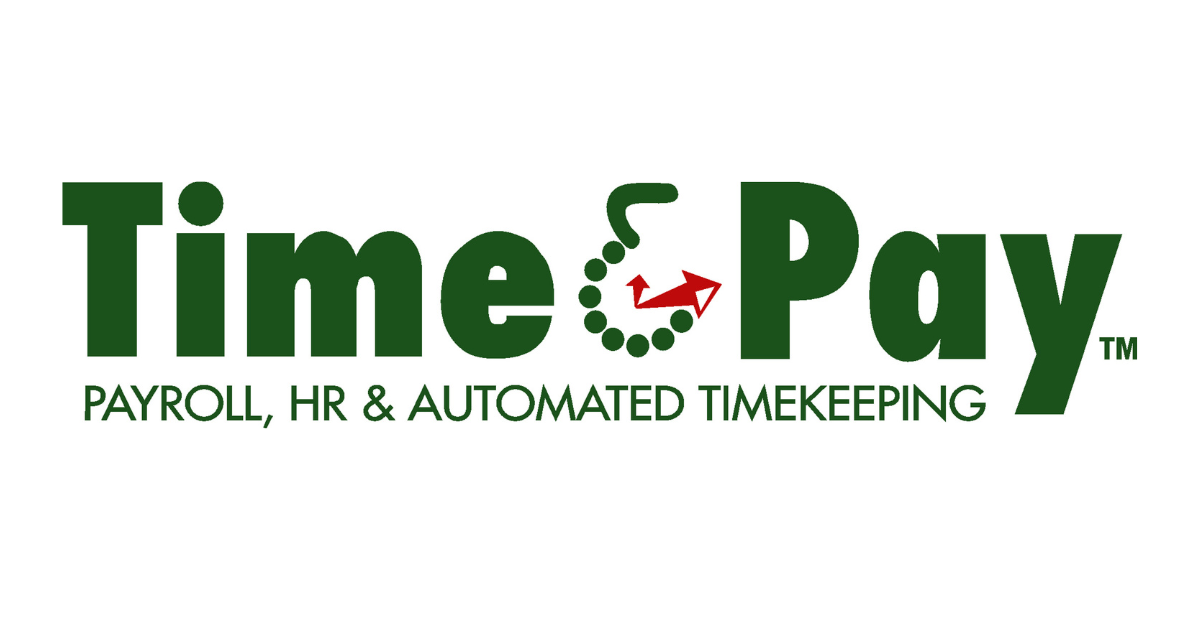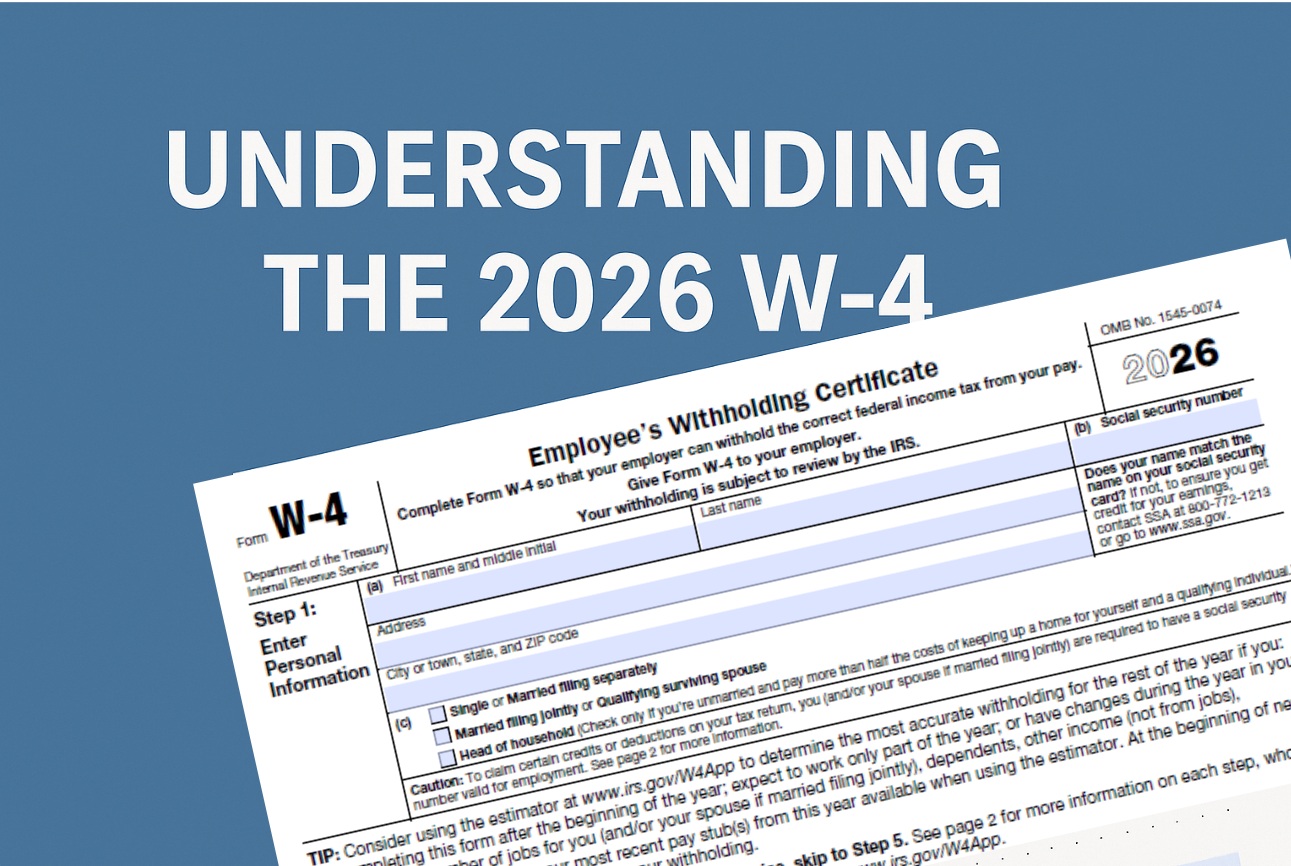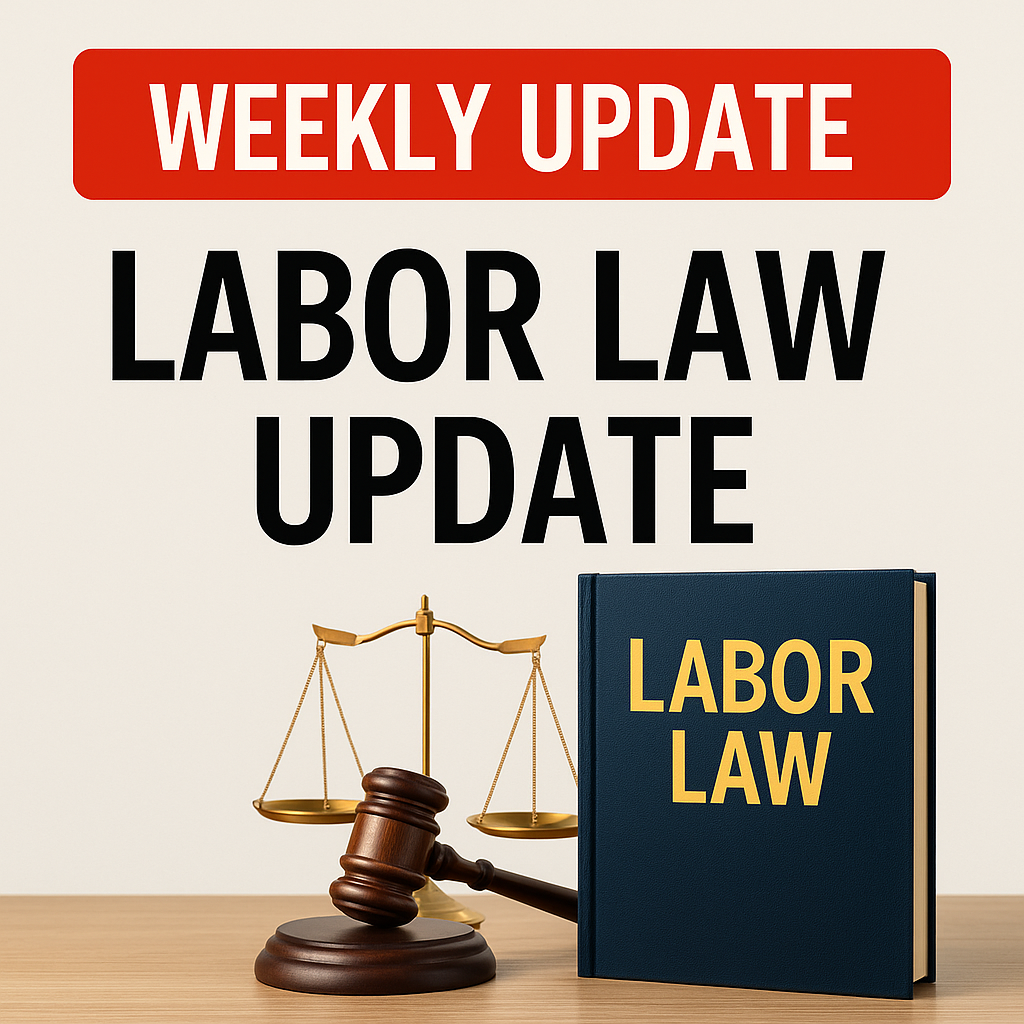What’s New?
The IRS uses a 20 factor test when considering whether a worker is an employee or independent contractor. With a new final rule set to go into effect on March 11, 2024, it’s a good time to review these factors, as well as how workers are classified within your organization.
What are the 20 Factors?
When considering whether a worker is an employee or independent contractor, you should ask yourself these questions:
- Instructions – Do we provide instructions on when, where, how to do the work?
- Training – Do we train the worker?
- Subcontracting – Can the worker subcontract part of the work, or does the worker have to perform the work?
- Control of Workforce – Is the worker allowed to hire and terminate their own workers?
- Length of Employment – how long will the worker be expected to work for us?
- Schedule – Did we set the schedule?
- Full Time Work – Are they working full-time for us?
- Order or sequence – Do we require the work to be done in a specific order or sequence?
- Work on premise – Does the work have to be done at our office or work space?
- Reports – Do we require the worker to provide reports and status updates?
- Pay – Do we pay the worker by the hour, week, month, or job?
- Expenses – Are we paying or reimbursing the worker for expenses?
- Tools and Materials – Do we provide tools to the worker?
- Investment – Does the worker have investment in the essential tools and/or facilities where work is performed?
- Profit / Loss – Can the worker suffer a profit or loss on the job depending on their performance?
- Integration – Is the worker doing work that is vital to our operation?
- Exclusivity – Does the worker perform work for more than one company at a time?
- Availability – Does worker make their services available to the general public?
- Termination – Can our company fire the worker without liability?
- Resignation – Can the worker quit without liability?
Overview:
All 20 factors are related to these 3 items:
- Behavioral Control – Does the company have the right to control how the worker performs their services?
- Financial Control – Are the business aspects of the worker’s services controlled by the company?
- Relationship of the Parties – Is the relationship between the worker and the company defined in legal documents? Does the company provide insurance for the worker? Are the worker’s services a vital part of the company’s operations?
Fines and penalties assessed due to misclassification of workers could be devastating for businesses. Time & Pay clients have access to complimentary consultations through SESCO HR Management. If you have questions or concerns about how certain workers in your organization are classified, contact us today!




